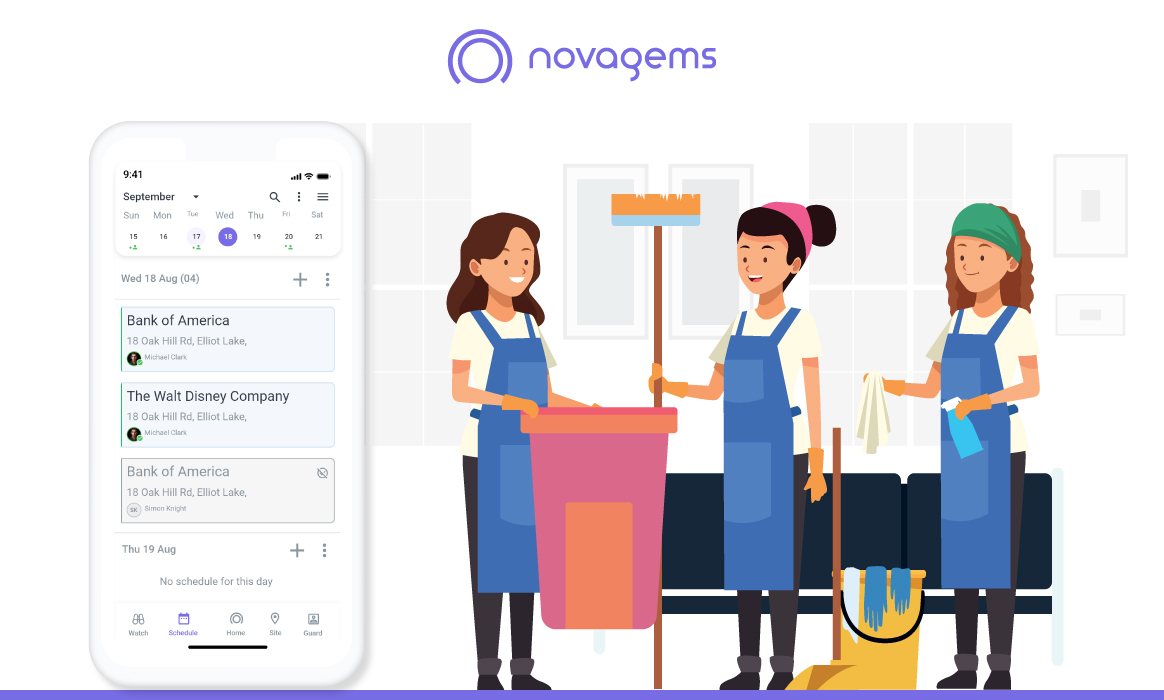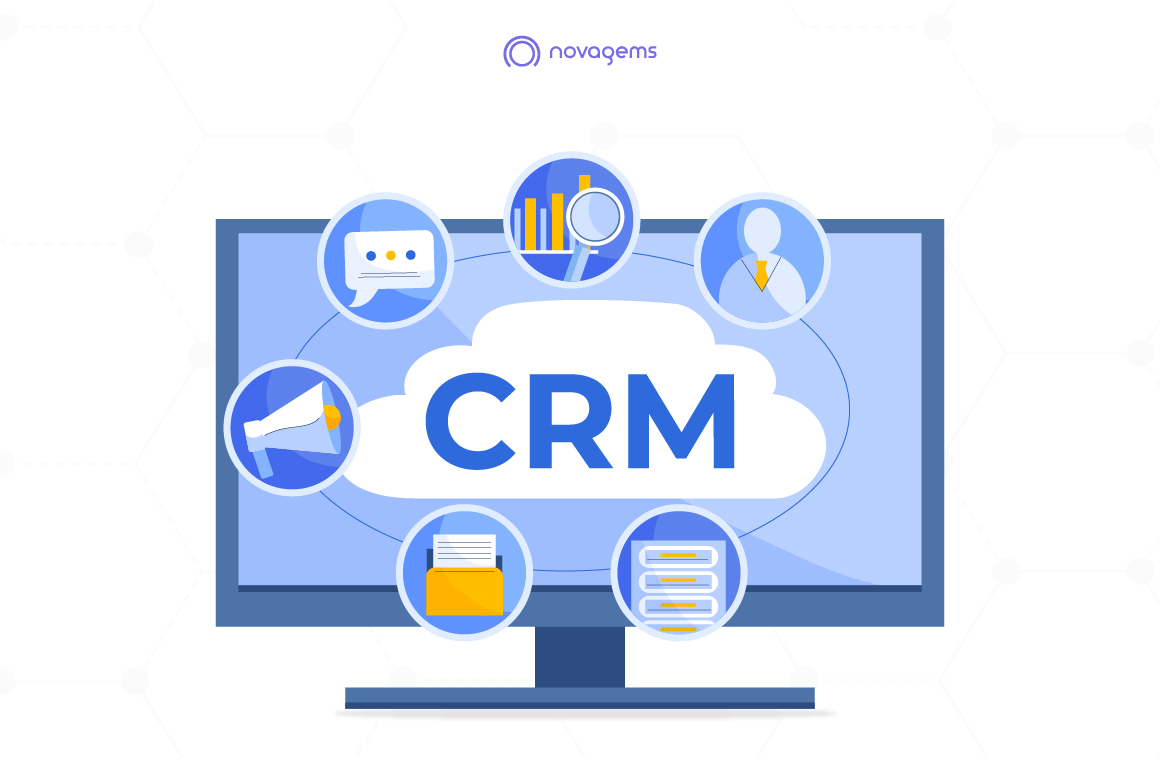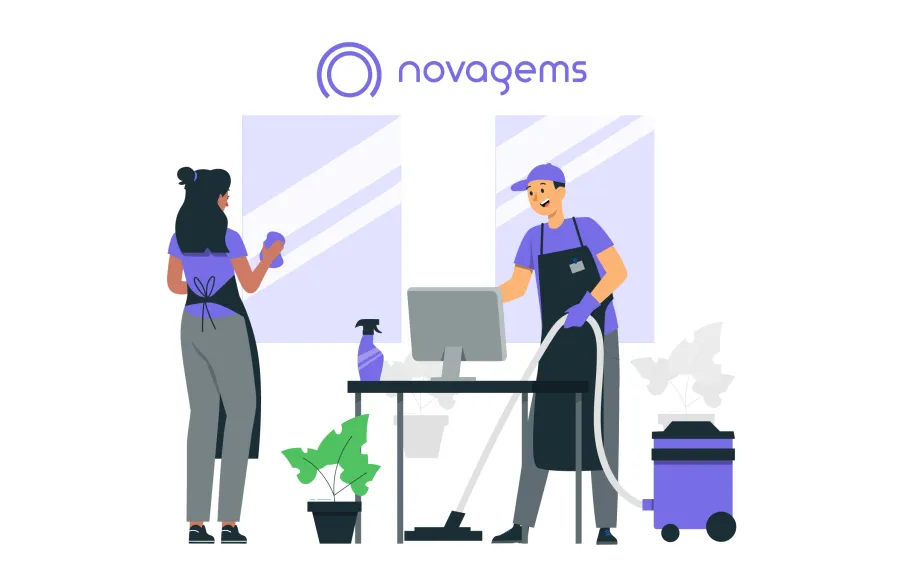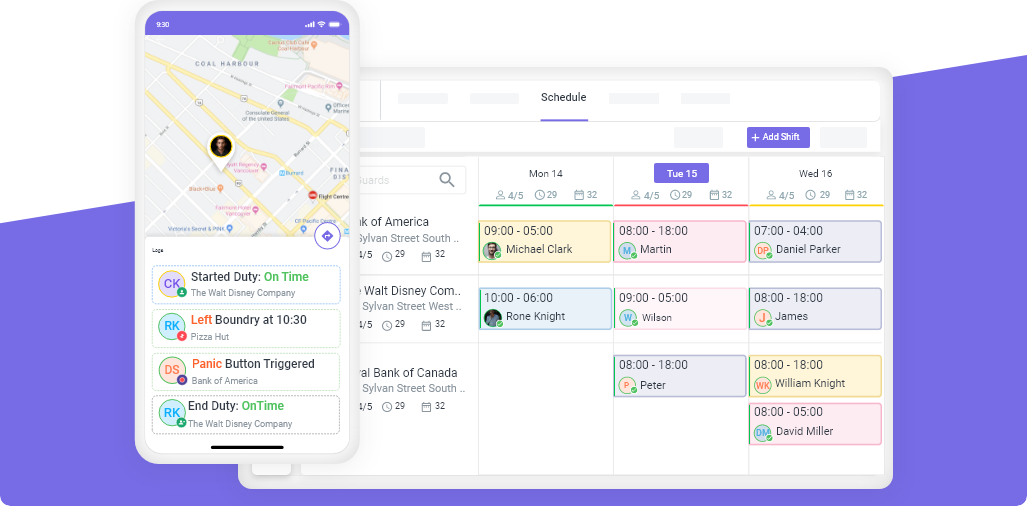The Role of Automation in Running a Maid Service Company Successfully
Tue, Aug 20, 2024
Read in 8 minutes

Running a maid service company involves handling numerous repetitive and time-consuming tasks. Automation can help streamline these processes, making your business more efficient and productive. In this blog, we’ll explore how automation can benefit your maid service company and the key areas where it can be implemented.
Introduction to Automation in Maid Services
Automations in maid service involves using technology to perform tasks that would otherwise require manual effort. In the maid service industry, automation can handle scheduling, customer communication, billing, inventory management, and more. By automating these tasks, you can focus on delivering excellent service to your clients while reducing operational costs and minimizing errors.
Key Areas Where Automation Can Be Implemented
-
Scheduling and Booking
Automated scheduling systems can manage client appointments, assign tasks to employees, and send reminders. This ensures that your team knows their schedules and reduces the chances of missed appointments. For example, clients can book services online, and the system will automatically notify the assigned cleaner and send reminders to the client.
-
Customer Relationship Management (CRM)
A CRM system can automate client communications, such as sending follow-up emails, appointment reminders, and feedback requests. This helps maintain a positive relationship with your clients and keeps them informed. For instance, after a service, an automated email can be sent to clients asking for their feedback, which helps improve service quality.
-
Billing and Invoicing
Automation can simplify your billing process by generating invoices, tracking payments, and sending reminders for overdue accounts. This ensures that you get paid on time and reduces the time spent on manual billing. Automated billing systems can also handle recurring payments, making it easier for clients with regular cleaning schedules.

-
Inventory Management
Automated inventory systems can track your cleaning supplies, alert you when stock is low, and even place orders for new supplies. This helps you avoid running out of essential items and ensures that your team is always prepared. For example, an automated system can keep track of the number of cleaning products used and notify you when it’s time to reorder.
Benefits of Automation in Maid Services
Increased Efficiency
Automation reduces the time spent on repetitive tasks, allowing your team to focus on more important work. This can lead to increased productivity and better service for your clients. For example, with automated scheduling, your team can spend less time managing appointments and more time on cleaning tasks.
Improved Accuracy
Automated systems minimize the risk of human error in scheduling, billing, and communication. This leads to fewer mistakes and a smoother operation overall. For instance, automated billing ensures that invoices are generated correctly, reducing the chances of errors that can occur with manual invoicing.
Cost Savings
By automating routine tasks, you can reduce labor costs and increase your business’s profitability. Automation also helps you make better use of your resources, ensuring that you get the most out of your investment. For example, automated inventory management can reduce the costs associated with overstocking or running out of supplies.
Enhanced Customer Experience
Automation ensures that your clients receive timely communications, accurate billing, and reliable service. This can lead to higher customer satisfaction and increased loyalty. For example, automated reminders help ensure that clients never miss an appointment, enhancing their overall experience with your service. These are some simple ways to grow your cleaning business as they help you deal directly with the client.
Feeling stuck with an unhappy customer? Read this article to know how to resolve the issue.
Key Automation Tools for Maid Services
- Scheduling and Booking Software
Tools like Novagems can automate your scheduling and booking processes. Novagems allows managers to book their cleaners accordingly from anywhere, send automatic reminders, and manage their team’s schedules efficiently. Novagems, for example, provides a user-friendly interface where managers can schedule in advance easily, and assign tasks to available cleaners.
- CRM Systems
CRM tools can help you manage client relationships by automating communications and tracking interactions. This ensures that your clients receive consistent and personalized service. For instance, they allow you to segment your clients and send targeted marketing emails based on their service history.

- Billing and Invoicing Software
The software can automate your billing and invoicing processes. These tools generate invoices, track payments, and send reminders, making it easy to manage your finances. Choose software that can automatically send invoices to clients after a service is completed and track when payments are received.
- Inventory Management Systems
Tools like TradeGecko or Orderhive can automate your inventory management. These systems track your supplies, alert you when stock is low, and help you manage orders efficiently. TradeGecko, for example, can integrate with your point-of-sale system to automatically update inventory levels and generate purchase orders when stock runs low.
Implementing Automation in Your Maid Service Company
Assess Your Needs
Before implementing automation, assess your business needs and identify the areas that will benefit the most. Consider the tasks that take up the most time and those that are prone to errors. For example, if scheduling appointments manually is time-consuming and often leads to double bookings, scheduling system should be a priority.
Choose the Right Tools
Select the automation tools that best fit your business needs. Look for software that is user-friendly and can integrate with your existing systems. Choose a scheduling tool that can sync with it to streamline your billing process.

Train Your Team
Ensure that your team is trained on how to use the new automation tools. Provide training sessions and resources to help them understand the benefits and functionalities of the software. For example, offer workshops or online tutorials to help your staff get comfortable with the new systems.
Monitor and Adjust
After implementing automation, monitor its performance and make necessary adjustments. Collect feedback from your team and clients to identify any issues and improve the system. For example, if clients find the automated reminders too frequent, adjust the settings to send reminders at more appropriate times.
Challenges of Implementing Automation
While automation can bring many benefits to your maid service company, it’s important to understand that implementing it can come with its own set of challenges. Knowing these challenges ahead of time can help you plan better and avoid potential problems.
- Initial Setup Costs
One of the first challenges you might face when implementing automation is the initial cost. Automation software often requires an upfront investment, which can include purchasing the software, setting up the system, and training your staff. For a small business, these costs might seem high at first. However, it’s important to remember that this investment can pay off in the long run by saving you time and reducing errors.
- Learning Curve
Another challenge is the learning curve that comes with new technology. Both you and your employees will need time to learn how to use the new automation tools effectively. This can be frustrating at first, especially if your team is not very tech-savvy. To overcome this, it’s a good idea to choose software that is user-friendly and provides good customer support. Offering training sessions can also help your team get comfortable with the new system.
- Integration Issues
If you’re already using different types of software to run your business, integrating a new automation tool can sometimes be tricky. Not all software works well together, and you might find that the new system doesn’t communicate easily with the tools you’re already using. This can cause delays and make the transition to automation more difficult. To avoid this, look for automation tools that are compatible with the systems you already have in place, or consider hiring an expert to help with the integration process.
- Resistance to Change
Change can be hard for some people, and not everyone on your team might be excited about moving to an automated system. Some employees might worry that automation will make their jobs harder or even replace them. It’s important to communicate clearly with your team about how automation will help them by taking over repetitive tasks and allowing them to focus on more important work. Involving them in the process and addressing their concerns can help reduce resistance to change.
- Ongoing Maintenance and Updates
Automation tools are not a one-time fix; they require ongoing maintenance and updates. Software can become outdated, or new features may be released that you’ll need to learn and implement. Keeping your system up-to-date is important to ensure it continues to run smoothly and provide the benefits you’re looking for. Regularly checking for updates and making sure your software is running the latest version can help you avoid problems down the line.
Identifying Areas that have More Scope of Automation
When it comes to running a successful cleaning business, there are things that you need to do regularly. But that does not mean that you have to enjoy them, am I right? Well, automating those tasks can make a huge difference. You have time in your day to focus on scaling your business. So what areas can you automate?
- Follow up calls
- Welcome emails
- Newsletters
- Sending reminders (license expiration, late arrival of staff, etc)
- Shift start and end notifications
- Checklists
- Reporting
Conclusion
Automation can play a crucial role in running a successful maid service company. By implementing automated systems in key areas like scheduling, CRM, billing, and inventory management, you can do wonders. You can increase efficiency, reduce costs, and enhance customer satisfaction. Investing in the right automation tools will help you streamline your operations and focus on what matters most – providing excellent service to your clients. And the next time you will not have to search for how to automate your maid service.
Get a Free Trial
Sign up For Newsletter
Latest Blog Posts
Get Started
Start being productive & grow your business
with Novagems




